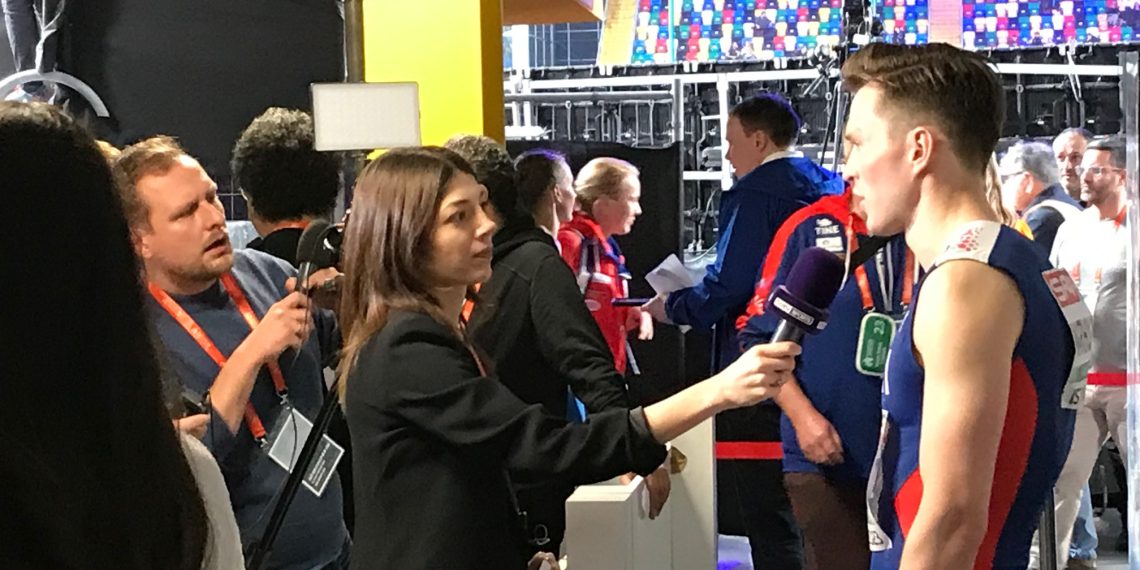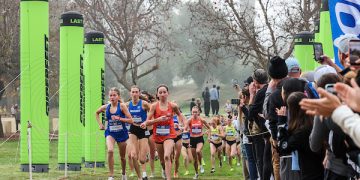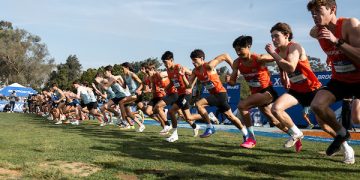Stuart Weir wrote this piece about the challenges and reality of being an athletics Journalist, which gives you the other side of our exciting job.
Watching but not watching.
RelatedPosts
People often tell me that they envy me because of the amount of track and field I watch live. Last year I was at the World Indoor and Outdoor, Commonwealth Games, European Championship, and about eight Diamond Leagues. Yes, I am blessed indeed.

In Istanbul, this week at the European Indoors, I was able to watch Neil Gourley win a silver medal in the 1500 and then talk to him afterward, a privilege not afforded to the paying spectator. Regular attendance and regular conversations with athletes allow one to develop a relationship so that interviews become conversations.
But there is another side to it. While the spectator can sit and watch every event from beginning to end, the journalist has other responsibilities. This week a friend with a particular interest in the triple jump emailed to ask what I thought of the Istanbul competition. I had to reply that I had not seen any of the triple jumps.
I have “seen” Mondo Duplantis clear 6 meters about 14 times. To unpack that, I have been in the stadium on that number of occasions when he has cleared 6 meters. The number of times I have actually been watching the pole vault at that moment, perhaps 4. I cannot be in two places simultaneously, but I’m working on it.
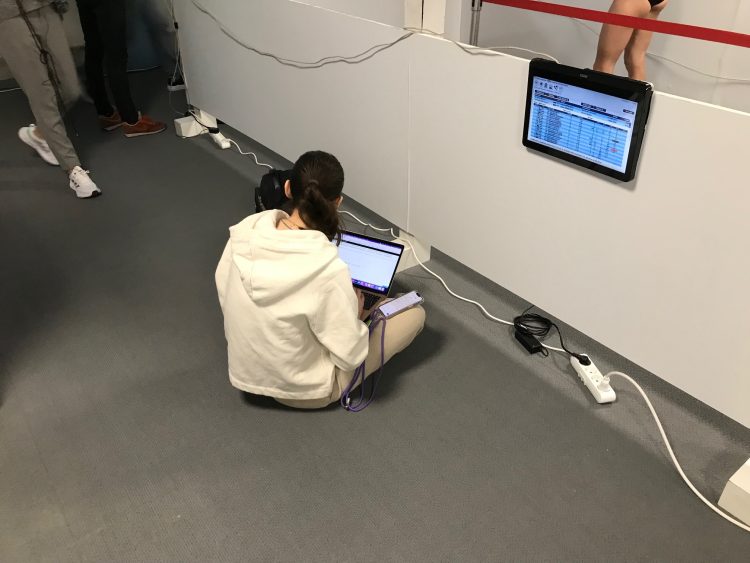
The privilege of speaking to the winner of race 1 is real, but it can also mean that you miss race 2 (or 2 and 3) as you are down – often underground – waiting for the athletes from race 1, trying to watch race 2 on a TV with a delay. You hear the cheers of the crowd but are not sure for what. Your priority at that moment is waiting for the interview in an area known as the mixed zone where journalists meet athletes.
One year I was at the Rome Diamond League, where my priority was interviewing athletes; I literally did not see one race. I went down to speak to the winner of the first race; by the time I had accomplished that, the next event of interest was done, and I waited for that athlete, so it went on all day. Go to Rome to watch the athletics on TV!
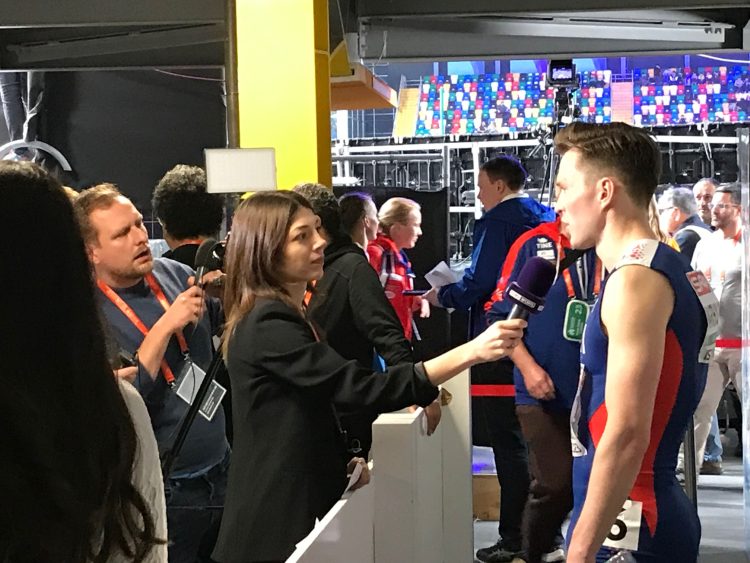
The layout of the arena makes a big difference. In the Stockholm 1912 Olympic Stadium, the mixed zone is outside on the old stadium terracing. Bliss. You can see the action while waiting to interview. In Rome or the old Paris stadium, it is a good 5-minute walk from your seat to the mixed zone. Stay to watch the race and the athlete will have gone by the time you get down.
If that happens on good days, imagine the bad ones. Once, I had the assignment to interview a Kenyan distant runner in an arena where I could not watch the race and still get the interview. There was no television in the mixed zone. I duly asked the athlete how the race had gone. He glared at me and said, “I fell,” and terminated the interview. An understandable reaction but not my fault either.
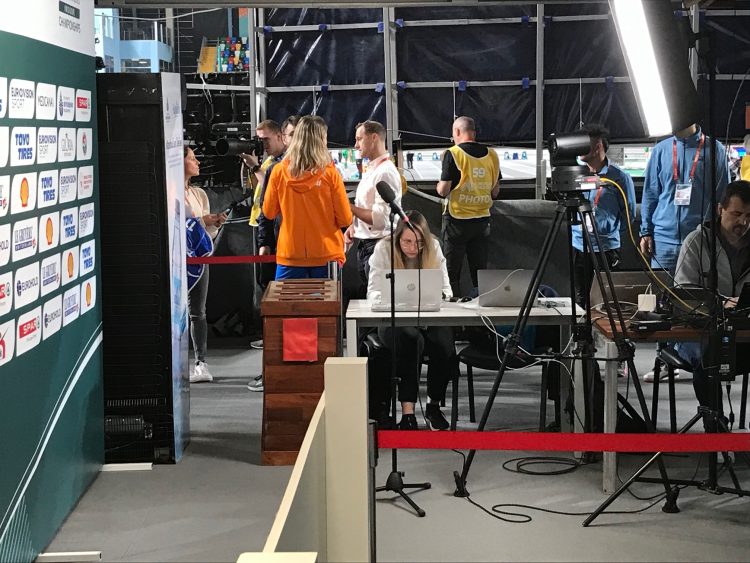
In Istanbul, Wi-Fi has been a challenge. Never strong enough to upload a video interview. For the first day, official photographs were slow in coming through. It is better now, but photos are often 35MB in size. While it is great to have them in such high resolution, there is a mismatch between the speed of the Internet and the size of the files.
While the spectator can leave the arena and head for the bar or a late dinner, the journalist may have several hours of work to do before bed. Finishing work at 1:00 AM and being on the bus to the arena at 8:00 the next morning takes its toll.
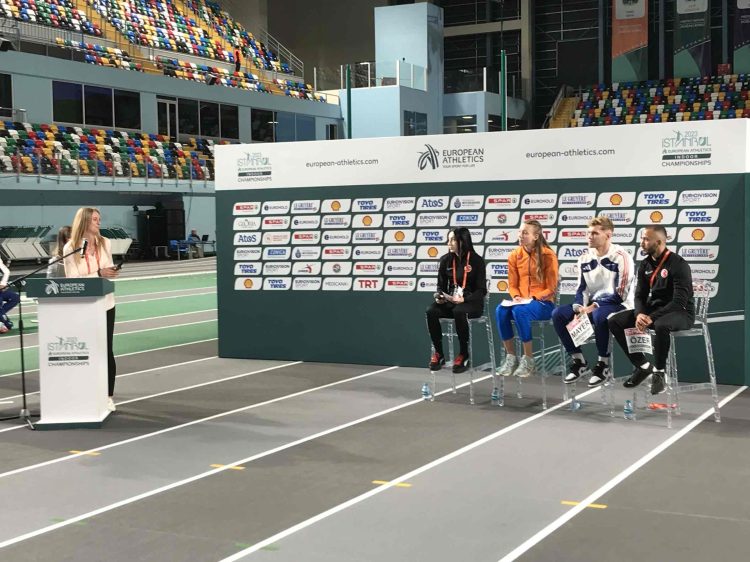
I’m happy for people to envy me, thinking I lead the life of Riley. (Come to think of it, I’m not sure who Riley* is or what kind of life he leads). It is a great privilege but very hard work and long hours, and one can easily not see the race one is most interested in.
*Mr. Google thinks that it goes back to the 1900s and that Sydney Riley was a character in a lot of musical songs. He was a man who comes into some money from the song by Pat Rooney that was popular in America in the 1880s.
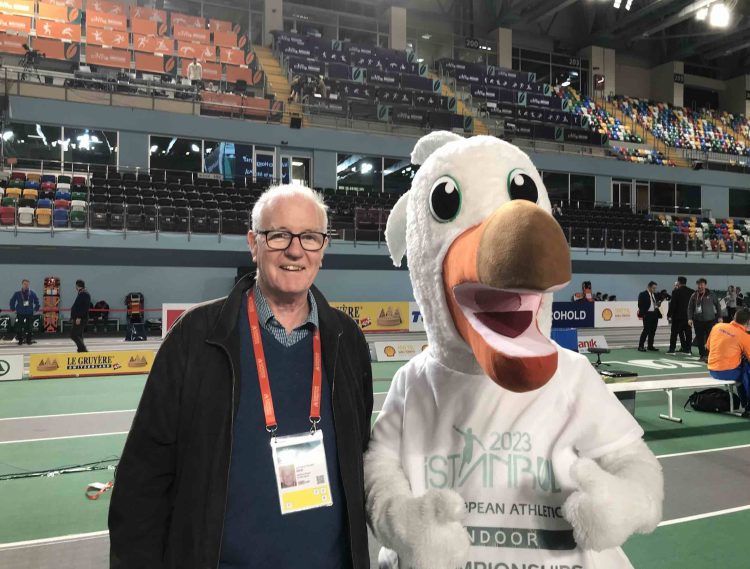
Author
-

Since 2015, Stuart Weir has written for RunBlogRun. He attends about 20 events a year including all most global championships and Diamond Leagues. He enjoys finding the quirky and obscure story.
View all posts


